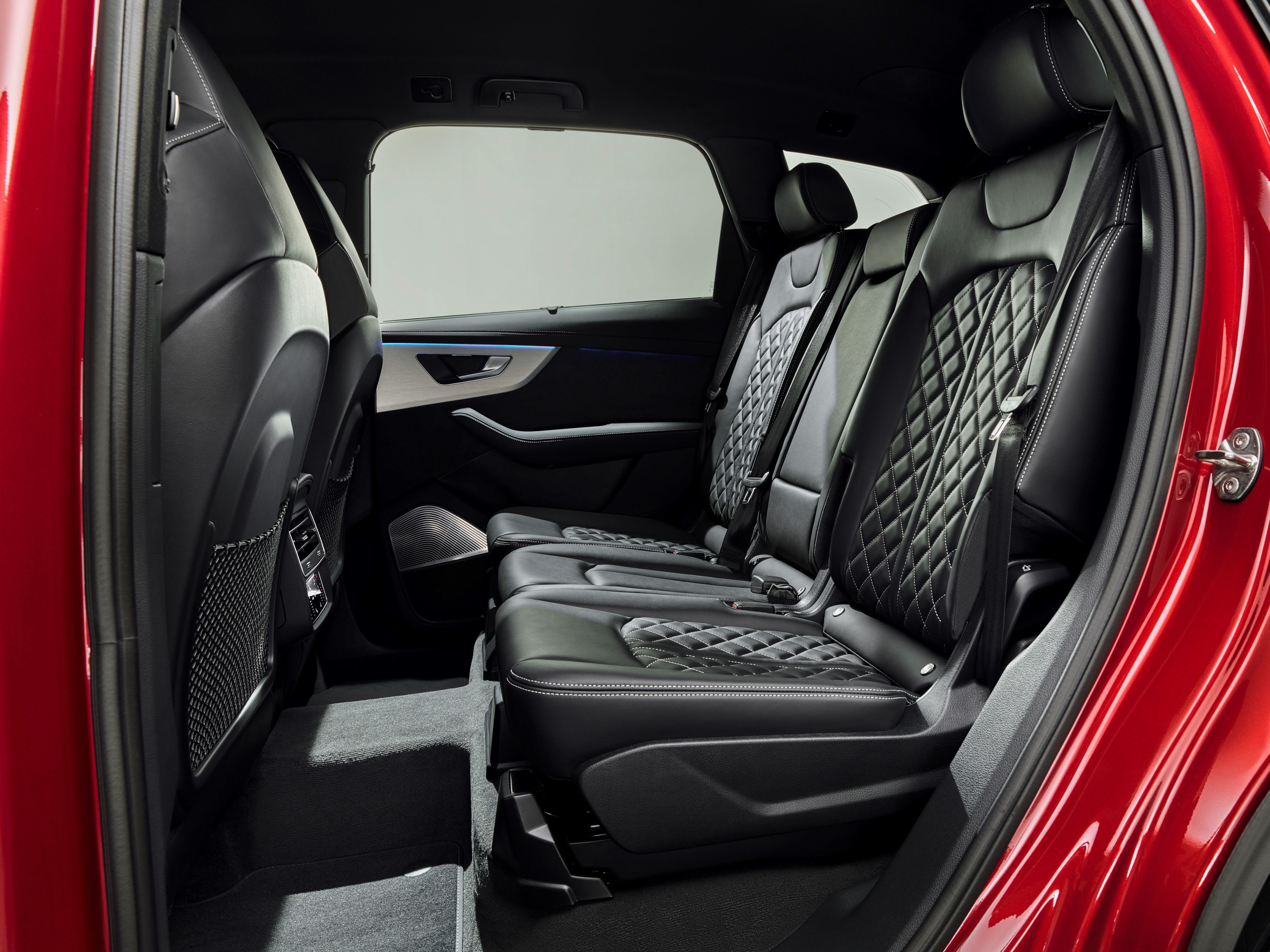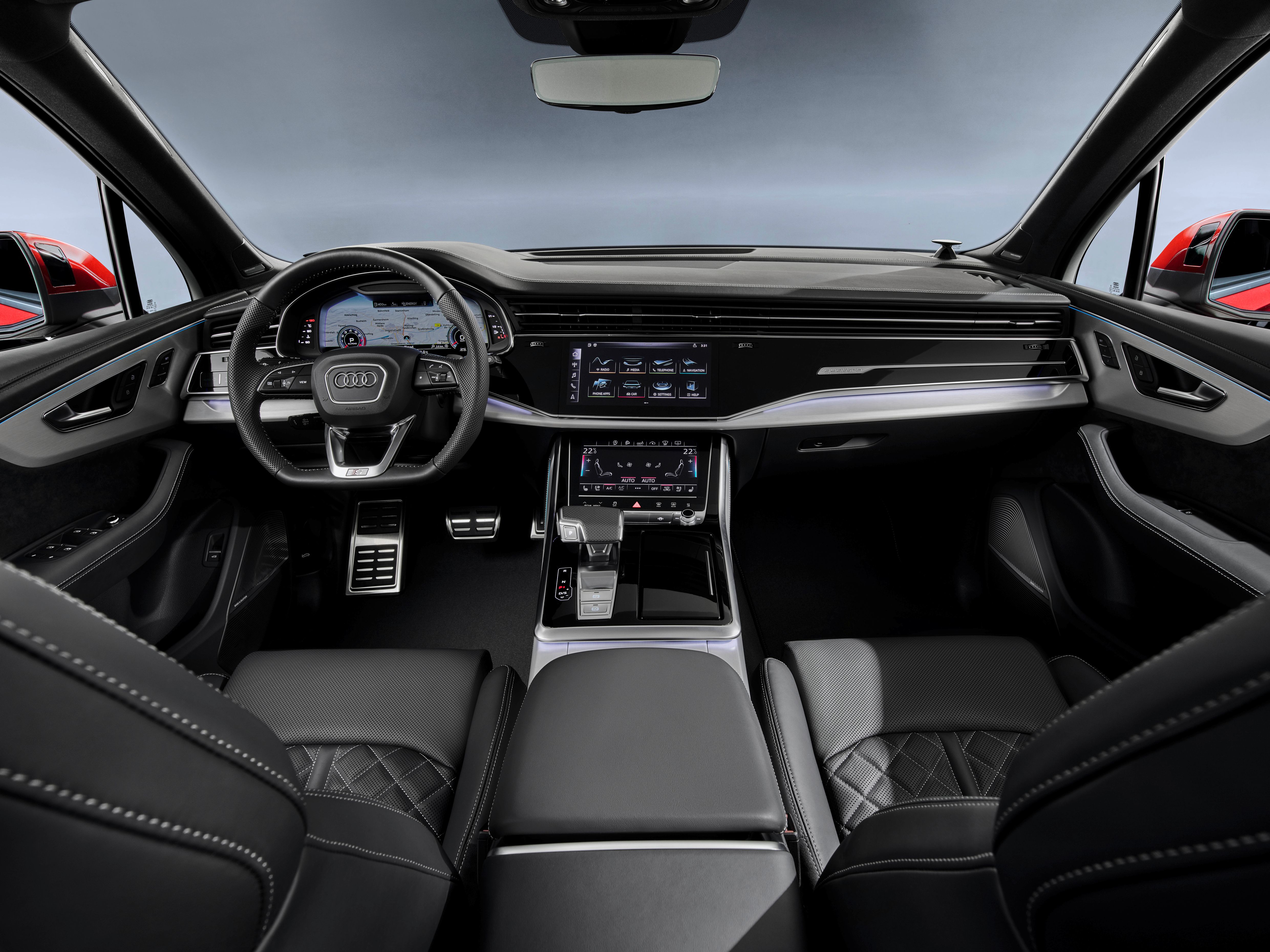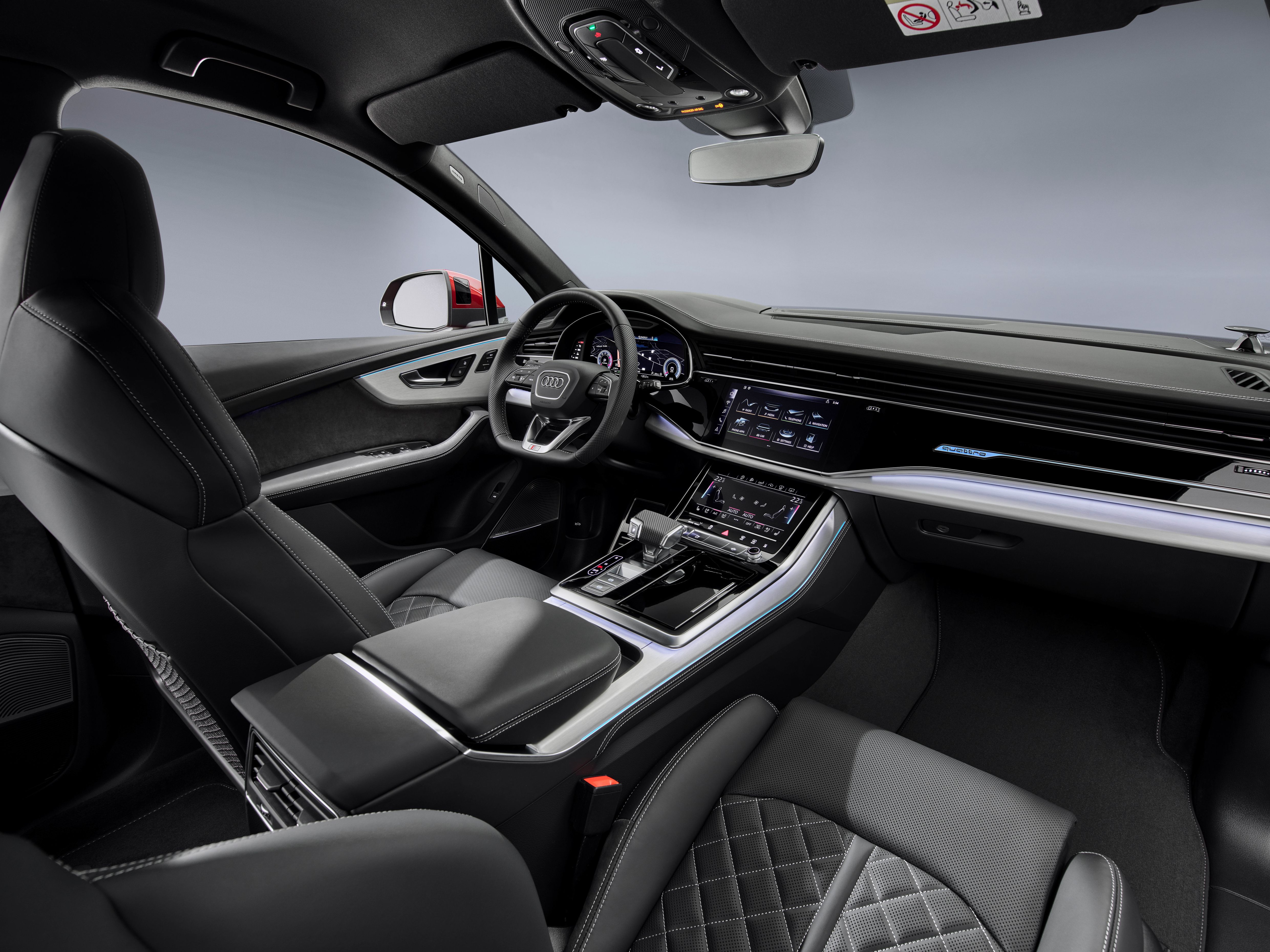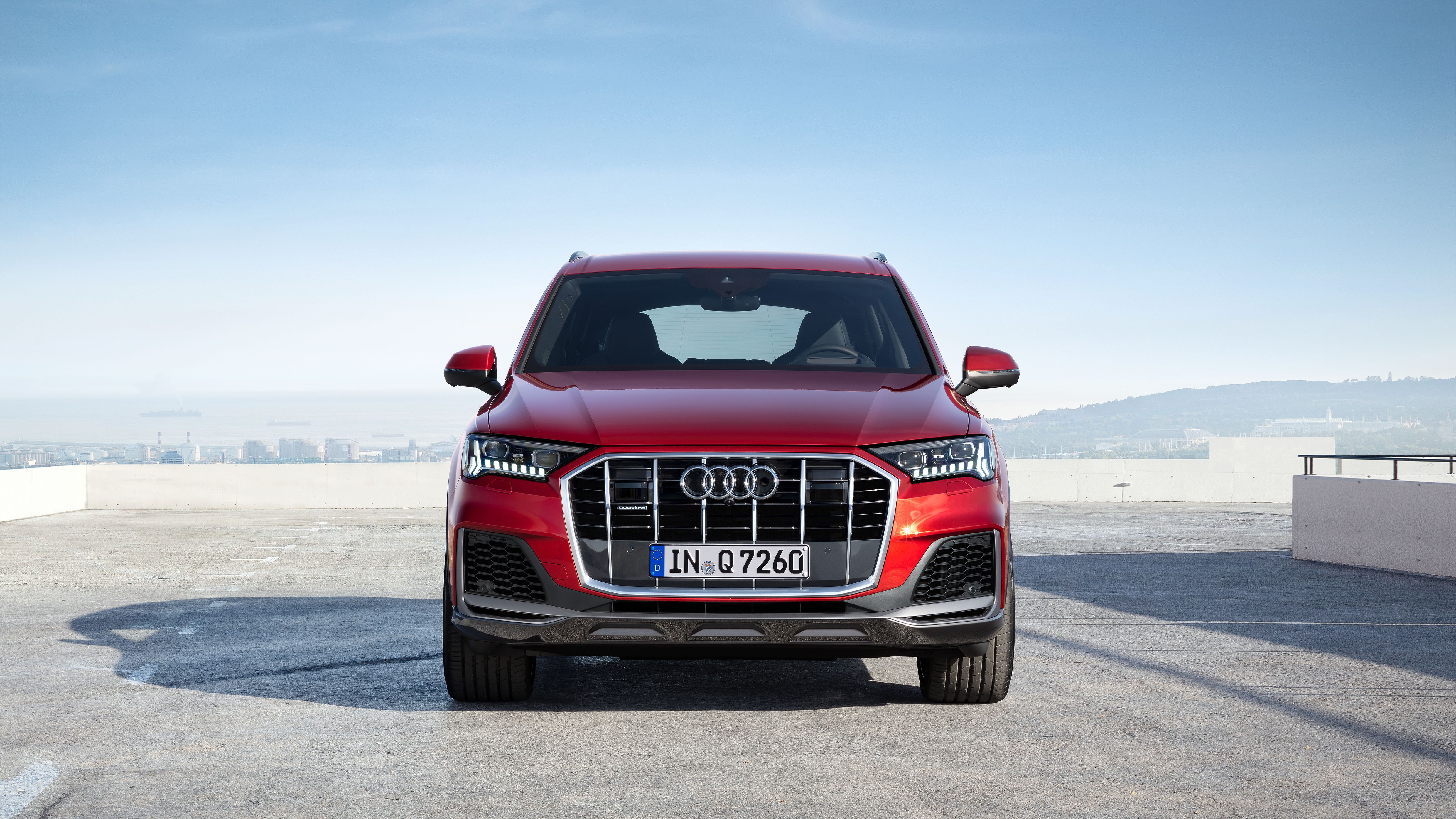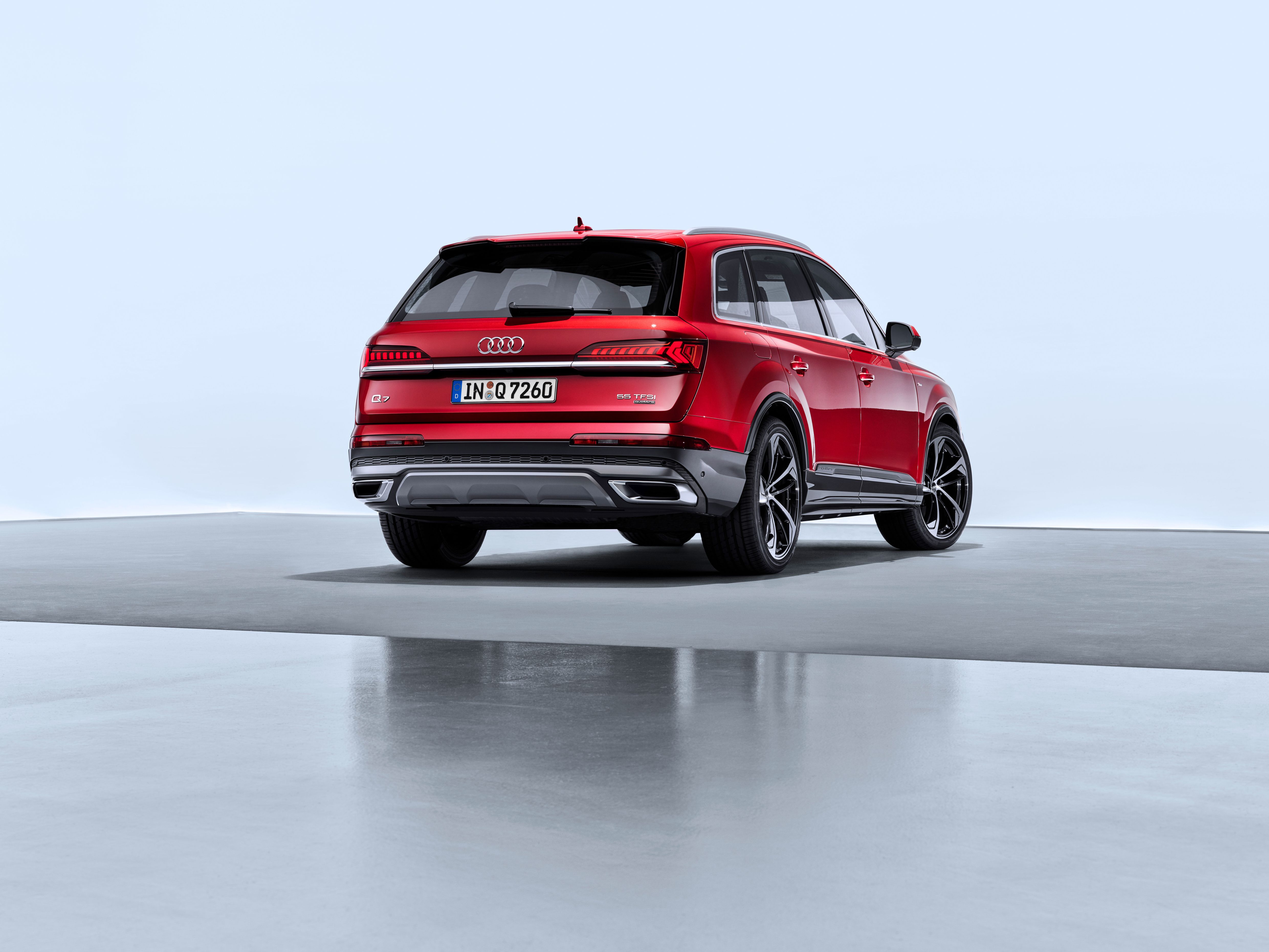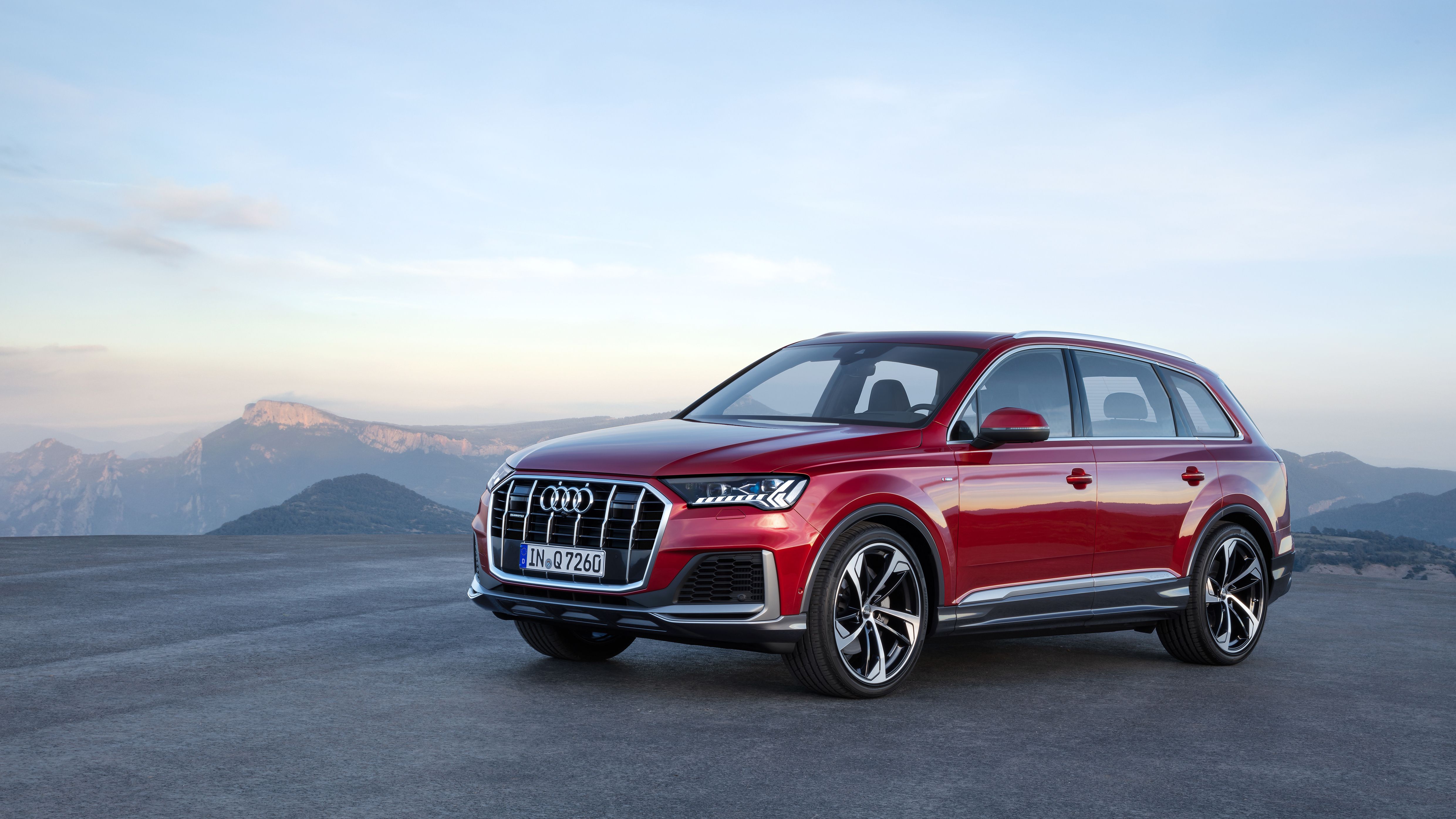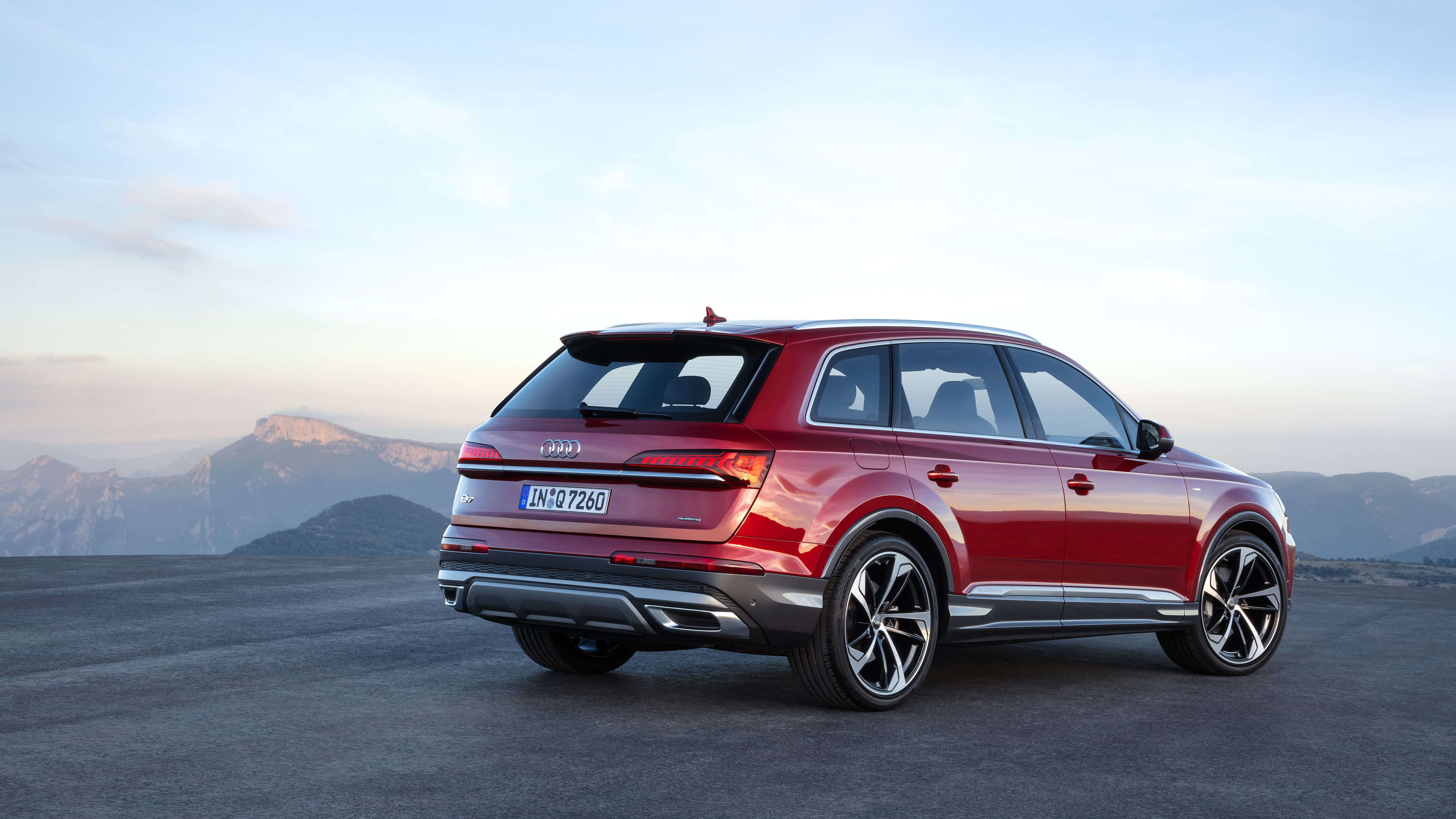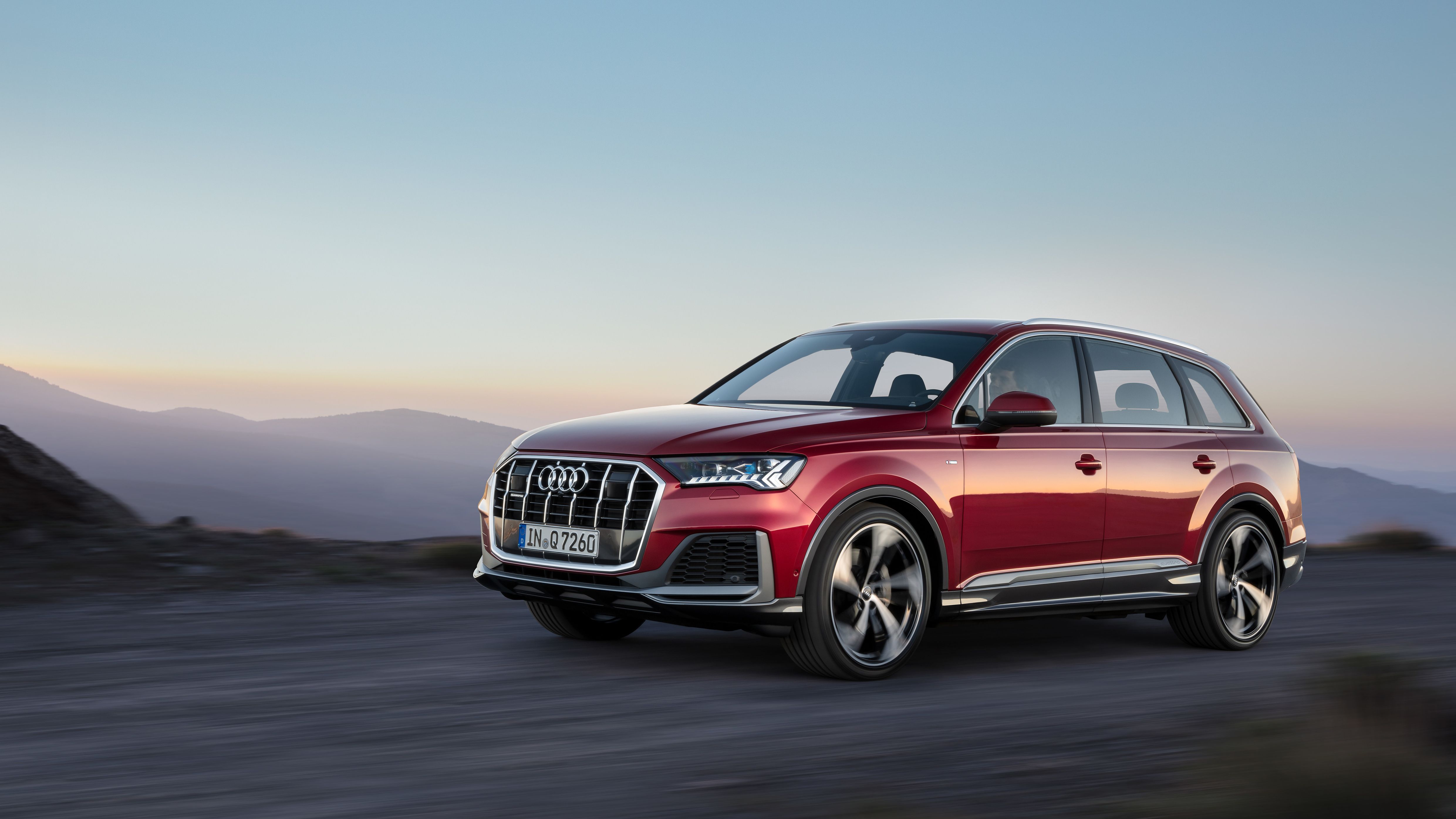People’s opinions of how good Audi cars look are remarkably varied - some think nothing on four wheels looks cooler, while others don’t appreciate their extra chiseled features and massive grilles. The current Audi Q7 SUV was one of the least polarizing models they sold, striking a great balance between being flashy and subdued. Now, however, it’s gone under the knife for the customary facelift and what has resulted from this nip and tuck doesn’t look as good as what went into the operating room in the first place.
How has Audi changed the 2020 Q7’s design?
|
|
ids=846807,846808 |
no_overlay=false |
before_label=2020 Audi Q7 |
after_label=2019 Audi Q7> |
The current Audi Q7 was launched in 2015 and at the time its design was in line with the cream of Audi’s crop, its most exclusive models. In the four years that have passed since, Audi’s design has evolved, and the Q7 looked a bit underwhelming compared to the likes of the new A8, the Q8, or even the Q5 (launched in 2017).
So, the automaker proceeded to change the exterior look of the Q7 to bring it in line with the flashiest of its offerings. The front fascia is dramatically different compared to that of the pre-facelift model. Key changes include the completely redesigned and reshaped headlight clusters, the new and bolder grille design, and there’s a new bumper too.
Audi says the new headlights emphasize the width of the Q7 and give it even more road presence - and they do, but maybe not for the right reasons. There’s a bit too much going on inside the headlight, with all those LED swooshes and their shape isn’t as clean and easy on the eye as before, since the headlights now bulge toward their outer edge.
The grille is also bolder and more noticeable than before (even though it’s not necessarily bigger). Its design is very similar to what we’ve seen on the even flashier Q8 model and it now has vertical bars instead of horizontal ones and you also see more clearly that the lower part of the grille (about 30 percent of it) is actually covered up and it doesn’t actually let air through.
|
|
ids=846809,846810 |
no_overlay=false |
before_label=2020 Audi Q7 |
after_label=2019 Audi Q7> |
From the side, the only major change you’ll notice is the revised design of the side sills that have been redesigned to “underscore the large SUV’s ground clearance and, in turn, its off-road capabilities.” The rims also look like they’re a new design, but Audi doesn’t specifically mention them in the facelifted Q7’s accompanying press blurb.
|
|
ids=846811,846812 |
no_overlay=false |
before_label=2020 Audi Q7 |
after_label=2019 Audi Q7> |
Moving to the rear, the main points of interest are the new lights that are now connected by a bold chrome strip.
Finally, even though this is just a facelift, the new Q7 has actually grown in length compared to the older incarnation of the model. It’s now 11 millimeters (0.4 inches) longer than before, coming in at 5,063 millimeters (16.6 feet) long.
2020 Audi Q7 exterior dimensions
|
Length |
5,063 MM (16.6 ft) |
|---|---|
|
Wheelbase |
2,990 MM (9.8 ft) |
|
Width |
1,970 MM (6.5 ft) |
|
Height |
1,741 MM (5.7 ft) |
What’s new inside the 2020 Audi Q7?
Significant changes have also taken place inside the revised Audi Q7.
The top screen handles infotainment, while the lower screen is exclusively for the climate control functions. Right in front of the driver is yet another (third) screen, the fully-digital gauge cluster that comes as standard on all new Q7s. It can be complimented by an optional head-up display. This setup is similar to that of the Land Rover Range Rover SVAutobiography.
|
|
ids=846813,846814 |
no_overlay=false |
before_label=2020 Audi Q7 |
after_label=2019 Range Rover SVAutobiography.> |
The Q7 comes with LTE Advanced, a wireless hotspot, as well as Audi Connect that integrates traffic information into the sat-nav (which is actually just Google Earth). Amazon Alexa voice service is also part of the pack, as is the Car-to-X service that connects into a smart city’s infrastructure and “allows the vehicle to receive information from the central traffic light computer via a server, enabling you to select a speed to match the next green-light phase.” The latter is now being rolled out across the Old Continent and the Q7 is one of the first cars to implement it.
Also optional is the contour lines mood lighting pack that accentuates some of the lines of the interior design. Its color can be changed, and it really ups the ambiance inside the Q7 - it should be standard on a car like this, so if you’re thinking of buying one, do specify this option as it makes the cabin an even more luxurious and pleasant place to travel in.
What’s new under the hood of the 2020 Audi Q7?
The engines themselves are pretty much the same as before: a pair of 3.0-liter diesels and one 3.0-liter gasoline unit. A plug-in hybrid (PHEV) variant will be added at a later date, sometime after the car’s official market debut in September. The two diesels make 228 horsepower and 282 horsepower, while the gasoline engine pumps out a more respectable 335 horsepower.
2020 Audi Q7 drivetrain specifications - estimated
|
Type |
3.0 TDI |
3.0 TFSI |
3.0 TDI |
|---|---|---|---|
|
Output |
282 HP |
335 HP |
228 HP |
|
Torque |
442 LB-FT |
324.5 LB-FT |
368.8 Lb-FT |
|
0 - 100km/h (62 mph) |
6.3 seconds |
6.1 seconds |
TBA |
|
Top speed |
234 km/h (145.4 mph |
250 km/h (155.3 mph) |
TBA |
How does the 2020 Audi Q7 stack up against its main rivals?
The Audi Q7’s natural rivals are the Mercedes GLE and the BMW X5. Unlike its competitors that are all-new models and have been on the market for not much over a year, the Q7 is simply a facelift of a five year-old model. It’s not lacking for tech or luxury, but its two rivals do look more modern and fresh, even with Audi’s major design overhaul. Sure, its interior has been improved and now features the exact same layout you get in the Audi A6 sedan and wagon, but both the Mercedes and BMW feel more modern and luxurious inside.
At least the Q7 is only available with smooth six-cylinder power plants, whereas the entry-level version of the Mercedes GLE comes with a four-pot as standard. It is slightly cheaper to buy than the Audi, though, and being a much newer model, it feels more modern and it’s almost as flashy as the Audi, yet somehow more tasteful.
Even the non-premium-badged VW Touareg is all-new and no more than a year old, and it too looks better. It even has a huge infotainment screen inside, and it feels almost as luxurious as the Audi if specced right. The Touareg also undercuts the Q7 on price, and it should also prove more capable than it (and the two aforementioned rivals) off-road.
The bottom line is that the Audi Q7 definitely needed a refresh, especially inside, in order to at least try to compete with its slew of all-new rivals, but I don’t think it matches the Mercedes GLE for exterior presence or the BMW X5 for its mix of design and quality. The revised Q7 is certainly more noticeable, but maybe not for the right reasons.
Further Reading
Read our full review on the 2020 Audi Q7.
Read our full review on the 2017 - 2018 Audi Q7.
Read our full review on the 2017 Audi SQ7.

